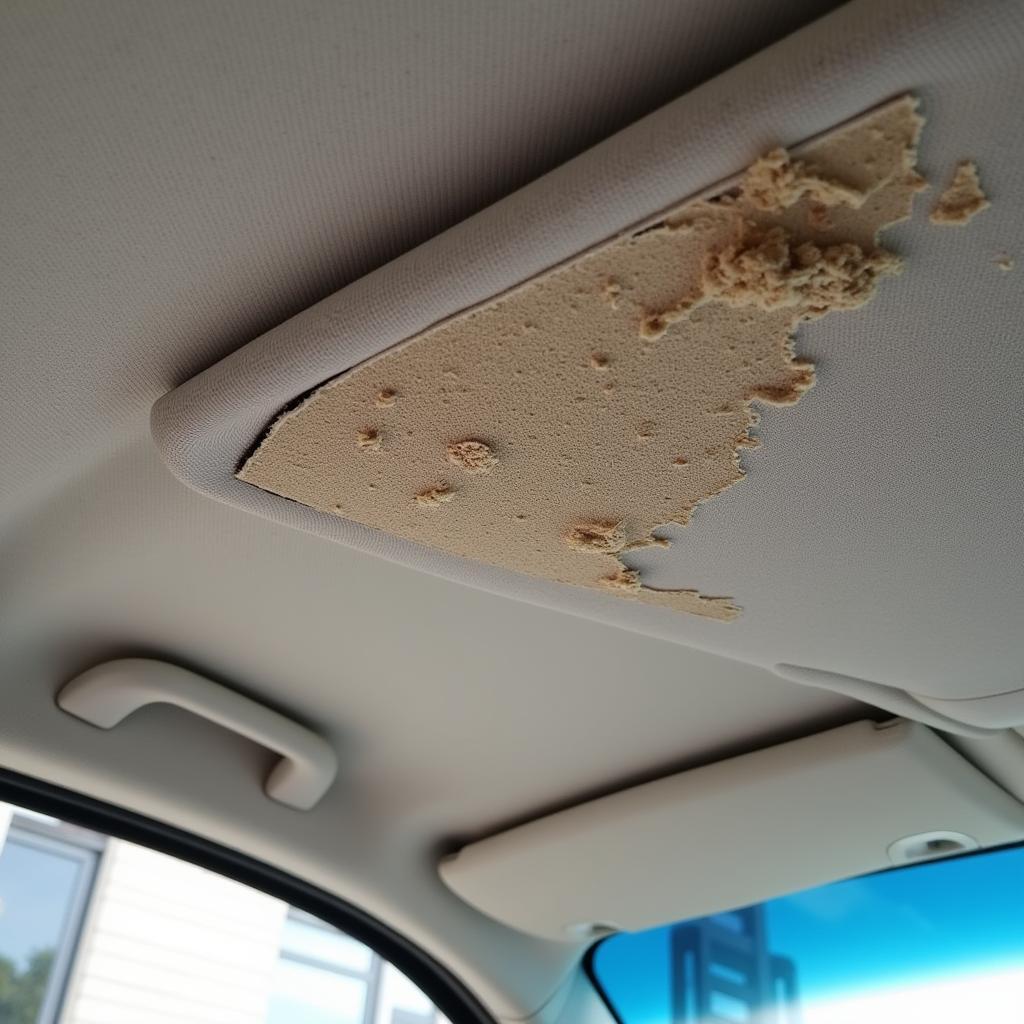Rail Passenger Car Maintenance is an essential aspect of ensuring the safety, reliability, and longevity of railway transportation systems. Regular maintenance practices are crucial for preventing costly breakdowns, minimizing downtime, and guaranteeing a comfortable journey for passengers. This comprehensive guide delves into the intricacies of rail passenger car maintenance, providing valuable insights for railway operators, maintenance personnel, and enthusiasts alike.
Understanding the Importance of Rail Passenger Car Maintenance
Rail passenger cars are complex systems comprising numerous mechanical, electrical, and pneumatic components working in unison. Over time, these components are subjected to wear and tear due to constant use, exposure to harsh weather conditions, and the inherent vibrations of rail travel.
Neglecting regular maintenance can lead to a cascade of problems, including:
- Reduced Safety: Worn-out brakes, faulty electrical systems, and structural damage can compromise passenger safety, potentially leading to accidents.
- Increased Downtime: Unexpected breakdowns disrupt schedules, causing delays and inconvenience for passengers.
- Higher Operating Costs: Repairing major failures is significantly more expensive than preventative maintenance.
- Reduced Lifespan: Regular maintenance ensures that components operate within their intended parameters, extending their lifespan and reducing the need for premature replacements.
Key Aspects of Rail Passenger Car Maintenance
A comprehensive maintenance program for rail passenger cars encompasses various aspects, each playing a crucial role in ensuring optimal performance and safety:
1. Preventive Maintenance
As the name suggests, preventive maintenance aims to identify and address potential issues before they escalate into major problems. This includes:
- Regular Inspections: Visual checks, measurements, and functional tests of various components to detect signs of wear, damage, or malfunction.
- Lubrication: Applying lubricants to moving parts to reduce friction, minimize wear, and prevent premature failures.
- Cleaning: Removing dirt, debris, and contaminants from components to ensure proper operation and prevent corrosion.
- Component Replacement: Replacing parts nearing the end of their service life to prevent unexpected failures.
2. Corrective Maintenance
Corrective maintenance involves repairing or replacing components that have already failed or are exhibiting signs of imminent failure. This type of maintenance is often reactive, responding to breakdowns or malfunctions.
Effective corrective maintenance requires:
- Accurate Diagnosis: Identifying the root cause of the problem using diagnostic tools and techniques.
- Prompt Repair: Addressing the issue quickly to minimize downtime and prevent further damage.
- Quality Parts: Using high-quality replacement parts to ensure long-term reliability.
3. Predictive Maintenance
Predictive maintenance leverages data and technology to anticipate potential failures before they occur. This proactive approach involves:
- Condition Monitoring: Using sensors to collect data on component performance, such as temperature, vibration, and pressure.
- Data Analysis: Analyzing collected data to identify trends, anomalies, and potential failures.
- Scheduled Maintenance: Performing maintenance based on data-driven insights, optimizing schedules and minimizing disruptions.
Conclusion
Rail passenger car maintenance is not merely a routine task but a critical investment in safety, reliability, and passenger satisfaction. By implementing a comprehensive maintenance program encompassing preventive, corrective, and predictive strategies, railway operators can ensure the smooth operation and longevity of their rolling stock.
Remember, investing in maintenance today translates to significant cost savings, enhanced safety, and improved passenger experiences in the long run. For expert guidance and support in optimizing your rail passenger car maintenance practices, connect with the professionals at AutoTipPro at +1 (641) 206-8880 or visit our office at 500 N St Mary’s St, San Antonio, TX 78205, United States.






Leave a Reply